Today, we’re living in the era of non-fungible tokens. NFTs have grown past their nascent stage: the technology has matured, and the concept has gained immense popularity, with revenues reaching US$2,52 billion in 2022. Let’s talk about creating NFT collectibles as an unconventional way to attract new audiences and offer new modes of digital interaction.
If you’ve been on the fence about making your own collectibles available on the NFT market, this article is for you. In less than ten minutes, you’ll know how NFT collectibles work, how to create them, and what promise they may hold for your business.
Let’s first get a handle on the idea of NFT collectibles.
What are NFT collectibles?
Anything that comes in digital form and has value can become an NFT collectible: artwork, in-game assets, or sports trading cards — you name it. You will need to register your items on the blockchain market and distribute them.
The process of turning your collectible into an NFT is called tokenization, and we’ve described it in detail in another article.
Once your NFTs are on the chain, you can begin trading them like you would with physical collectibles. Each non-fungible token contains proof of ownership of an asset coupled with reference to the digital file. Similar to tangibles, the value of your NFTs will be defined by factors such as scarcity and uniqueness.
But here’s the fun part: with NFTs, you can take it a step further and link additional benefits or privileges to the tokens. For instance, a trading card can also be a pass to a virtual or real sporting event, and you can easily tokenize membership keys in games. An NFT can even be redeemable as a physical gift — like branded merchandise or an item signed by an athlete.
This type of token is known as utility NFTs, and it’s a great way to add value to your NFT collectibles.
Why creating NFT collectibles makes perfect sense today
Until recently, trading digital collectibles has had its challenges. If you can create unlimited copies of a file, how can a collector prove the asset they own is original or unique? And how can creators keep earning as their work keeps making the rounds?
Thanks to blockchain technology, NFTs pass those tests with flying colors, adding extra benefits on top:
- When an NFT is minted, it gets a unique identifier that can’t be duplicated
- Blockchain tech makes it easy to track each payment and change of owners
- The creator of the token receives royalties every time their NFT is sold, even on the secondary market
And let’s not forget the apparent advantages of digital vs. physical assets:
- Immediate, hassle-free delivery to the new owner
- no degradation of quality over time
- no risk of damage, loss, or theft
With the advent of NFTs, the market for digital collectibles has finally hit its stride. The best proof of that is the sales of artworks like Beeple’s “Everydays: the First 5000 Days,” which peaked at a whopping $69.3 million.
Sports collectibles are neither lagging behind. Sales of physical memorabilia in sports are expected to go from $26.1 billion in 2021 to $227.2 billion in 2032. The market for NFT collectibles is catching up and will reach 50% of that size, the same team of experts predicts.
Now, look at a few kinds of NFT collectibles worth investing in.
Most popular types of NFT collectibles
Epic million-dollar deals illuminate the success story of NFT collectibles, but it’s mostly written in daily sales of much lower-valued items. Listing every industry is beyond the ambit of this article, so here are the three categories of collectible tokens that made our top.
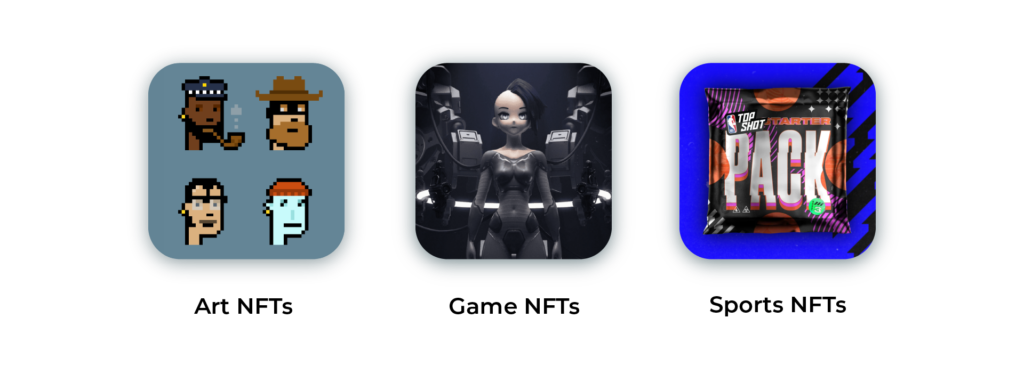
Art NFTs
Digital artworks were the first type of content to become tokenized. A short video named Quantum was minted on May 3, 2014, and is widely regarded as the first NFT. It was later sold at Sotheby’s for $1.47 million. Since then, collectors have been trading all kinds of NFT art — from pixelated CryptoPunks and multi-layered Block Queens by photographers to memes and videos.
Game NFTs
You can turn in-game items such as weapons and artifacts into NFTs or create sophisticated 3D avatars — like the author of the Clone X collection did — the choice is yours. You can also tokenize game passes, club memberships, or unique moments from online championships and then sell them at your own marketplace. Your digital game collectibles will help incentivize players and become an additional source of revenue.
Sports NFTs
Sports like basketball, soccer, American football, and ice hockey have huge fan bases and attract loads of capital, so adding NFTs to the mix is a no-brainer. Sports collectibles will surely strike a chord with a loyal following, whether it’s trading cards, videos, or exclusive access to virtual or real-world events.
Each of these industries will require different approaches and strategies, but what unites them is an element of passion. Passion and curiosity play a significant role in the lives of sports fans, gamers, and connoisseurs of digital art. Creating NFT collectibles for audiences that are enthusiastic and genuinely interested is already a recipe for success.
Are you still not sold on the idea of minting your own collectible NFTs? Let’s keep the motivation coming!
3 Reasons to get started with NFT collectibles
We’ve already established that NFTs are a perfect medium for digital collectibles. At the risk of preaching to the converted, let’s look at things from a strictly business angle and search for more reasons to get into collectible NFTs. Luckily, they’re not too hard to find.
Engage with your existing customers in new ways
Say you own or manage a sports team and want to make new touchpoints with your fan base. In addition to selling physical merchandise, you can add digital collectibles to your offering and leverage the potential of NFTs to increase fan engagement.
You can issue free tokens and make the process of buying your NFTs fun — for instance, by offering an app for their phones. People love supporting their teams and will be happy to do so in digital form. With a few clicks, a new card with their favorite player is in their virtual wallet. If the experience was great, they’ll come back and bring their friends.
And that’s when you get them all hooked on your NFT loyalty programs. Adding utility to your collectibles can reward your customers with discounts, free tickets, exclusive access passes, and more.
Bring in new audiences
It’s no secret that NFT sales are community-driven — the larger the community, the more the trading volume. But then again, it works both ways: you can bring in a new flock by introducing NFT collectibles that speak the same language as those people.
Non-fungible tokens are all the rage in 2022, and the hype is unlikely to subside in the next couple of years. By introducing well-designed NFT collectibles, your business has a real chance of attracting a younger demographic. However, you’ll have to do it right so as not to scare off the less tech-savvy audience.
Add revenue streams
Remember we mentioned how creators receive royalties from all their NFT sales? You can supplement your core business model with this almost passive income. If your collectibles stay relevant, retain a high trading volume, and keep going up in prices, this may turn into a nice bonus check at the end of the month.
What’s more, you can make your NFTs rentable. So far, this approach has mostly been applied to gaming, but who says you can’t develop a themed play-to-earn game? Or include the ability to rent collectibles into the rule set of your NFT marketplace (we’ll talk more about this later).
Of course, this is not a complete list of reasons to consider creating NFT collectibles. However, NFTs are a great tool for building communities – at least that’s been our experience with past and ongoing projects.
How to get the most out of your NFT collectibles
Below are our recommendations on a comprehensive strategy for creating, marketing, and distributing your digital collectibles. Please note that these only indicate a general direction instead of describing exact steps. Only you know the specifics of your business, and you’ll work out the details with the team that will develop your solution.
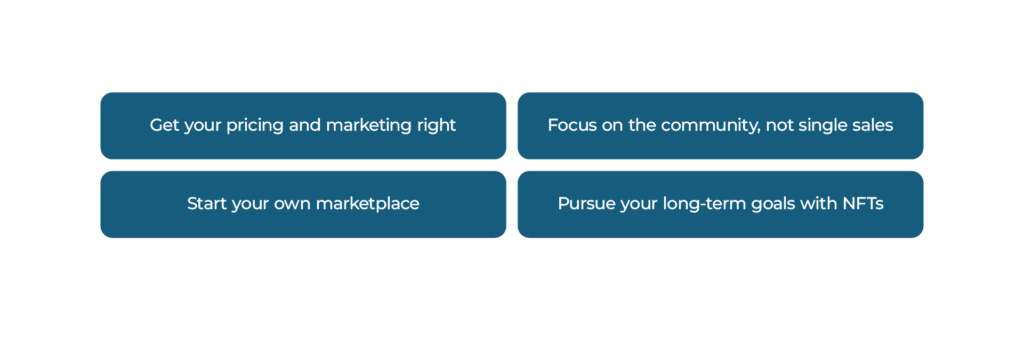
Get your pricing and marketing right
It may sound obvious, but it’s important to think your pricing model through long before you get to the minting phase. There are numerous options: fixed price, open for bidding, or timed auction. It all depends on your objectives — are you looking to attract capital immediately, increase the price of your collectibles slowly, or offer them for free to grow the community?
Similar logic applies to marketing: first, you’ll have to set your priorities, then decide on the marketing approach. You can use your social media channels to promote your NFT collection, post on Reddit, join Discord servers, or run a full-scale ad campaign. The choice of method and platform will largely depend on the preferences of your target audience.
Focus on the community, not single sales
Of course, you can list your newly minted tokens on every platform and hope to make record-breaking sales. But if you’re just starting with NFT collectibles, it’s best to concentrate on expanding your reach and win the hearts and minds of your audience first.
Building a community of loyal followers is a more sustainable and beneficial approach in the long run. Especially if you don’t plan to make the bulk of your profits from non-fungibles but are using them to achieve other goals.
Start your own marketplace
Listing NFTs on platforms like OpenSea and Rarible works for many individual artists and smaller businesses. However, if your goal is to attract loyal customers in numbers, building a marketplace is the better option.
An NFT marketplace presents endless opportunities for trading assets and creating a community to which you can later offer your services.
You are in the driver’s seat:
- you mint and distribute the NFTs
- you define pricing models and the rules of trading
- you access and store your customers’ personal information
- you create and control marketing initiatives based on data analysis
Building a marketplace is a holistic solution that will help you better manage the relationship with your customers. It will also ensure a higher profit margin.
If you’d like to know more about building a marketplace for NFT collectibles, read Unicsoft’s blog post on this.
Pursue your long-term goals with NFTs
If you own a brand, it’s a good idea to form a strong link between it and your NFT collectibles. Here’s a good example: Nivea: The Value of Touch. By telling the story of Clarissa — an artist who temporarily lost her sight — Nivea created a powerful emotional connection with their audience. The company then capitalized on this bond by offering free NFTs authored by the artist. This way, Nivea’s customers could support Clarissa and learn about similar initiatives by the company.
The Value of Touch illustrates how a brand can benefit from building emotional associations. However, you can use a more direct approach to promote your products or service: sell tickets, memberships, and so on. What matters is having a blueprint you can follow.
The same goes for the technical part of creating NFT collectibles and the solutions around them.
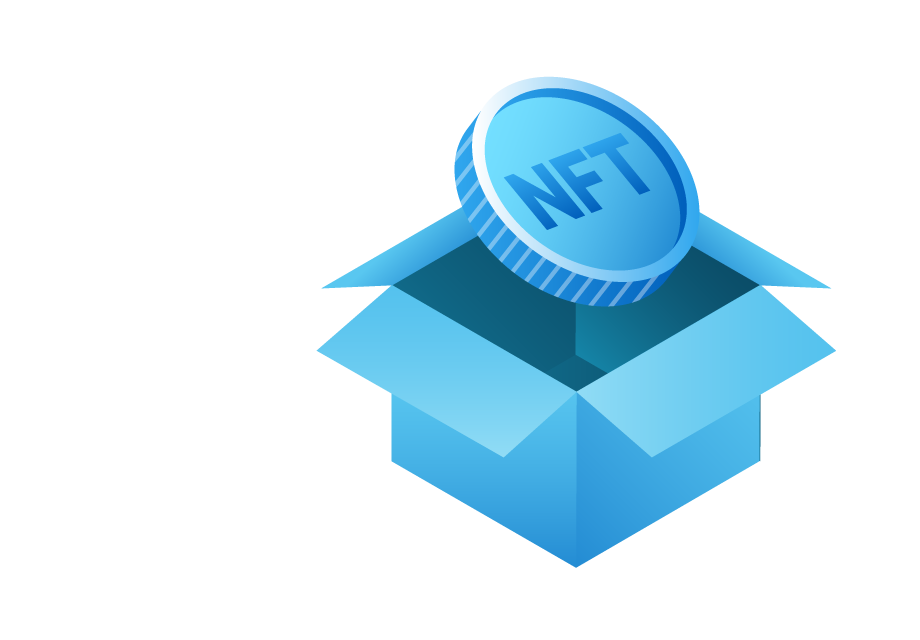
Creating your NFT collection: a brief guide
In this section, we’ll talk about the most crucial steps in making your own NFT collectibles. Based on our recent projects, it describes an actual process we follow. Again, we’re deliberately not being too specific, as each case requires a personalized approach.
- Analyze the market and define your goals
Choose your business model, find out who your competitors are, and decide what you want to achieve and what’s the best way to do it with NFTs. The phenomenon of NFT collectibles is still new, and the niche has plenty of room for newcomers, but it won’t stay that way for long. So be systematic and thorough.
- Choose your platform and distribution model
You’ll have to make several strategic and technical decisions: sell your collectibles on existing platforms, create your own marketplace, develop an app, etc. Some choices include: the type of blockchain (you may even want to create your own), crypto wallet, pricing model, and more. At this point, assistance from a tech partner is highly recommended — and previous experience in building similar solutions is preferable.
- Develop the solution
Your in-house team or software partner will start the development process. Depending on the complexity and scope of your project, it may differ in some details, but most steps will be the same:
- Sorting out requirements and specifications
- Building an MVP
- Design (UI/UX and architecture)
- Development
- Testing
- Deployment and implementation
- Mint your NFTs and drop your collection
This is when you finally register your collectibles on the chosen blockchain, and they begin their journey to fame.
More in-depth info on this final step can be found in our article about NFT minting.
- Market your collection
As discussed earlier, you’ll need to select your marketing approach and create favorable conditions for distributing your NFT collectibles.
As you can see, the process takes time and requires technical know-how. Lucky for you, the team at Unicsoft are no strangers to creating NFT collectibles.
Unicsoft’s experience
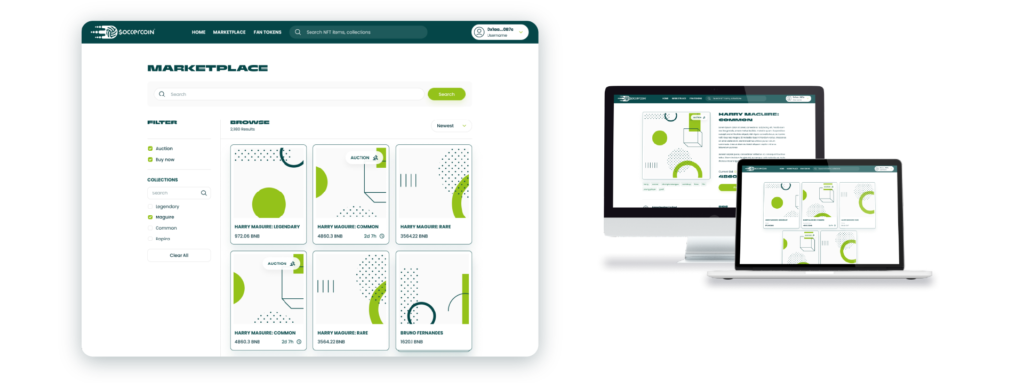
You might have noticed that we often used examples of NFT collectibles from sports. That’s not a coincidence. Unicsoft has helped several clients in the industry create their unique tokens. We also built solutions for trading NFTs and interacting with customers.
Just recently, Unicsoft’s team completed a fun and challenging project for a client working in the sports business. We’ve created an entire blockchain-based ecosystem where soccer fans can connect with their favorite athletes and teams through NFTs.
Here are some of the things we did on SoccerCoin: NFT-based solution for sports that we’re proud of:
- Everything was done from scratch: we designed the UI/UX, architecture, developed both backend and frontend, and implemented KYC procedures.
- Our team built flexible controls for the sports clubs to manage NFTs, campaigns, and fan engagement. We added voting, ticket sales, polls, and lotteries, making the platform an all-in-one solution.
- We enabled integration with Metamask wallets, so users of the platform can buy NFTs with their own Binance Coins.
The final product was a complete success. It met the client’s business needs and solved all technical challenges.
Another case involved building a sports marketplace where fans could trade NFTs for club tokens. The client originally wanted a community-centric solution with NFT trading capability exclusively for the UK market. However, we quickly decided to scale up our approach, adding more countries, sports, and clubs.
The solution we built for our client contains an NFT marketplace with resale options, personal wallets with detailed information on all purchases, and voting rights for fans.
We continue working on the project. Our client wants to add the ability for members to create their own NFTs, as well as to expand to even more countries and invite new clubs.
Wrapping up
Creating, marketing, and selling NFT collectibles can be a goal in itself or a part of a long-term strategy. What matters most is choosing the right approach from the very beginning, devising a strategy, and following through.
With our experience in blockchain tech and in-depth knowledge of the NFT market, Unicsoft is the perfect choice of a partner for creating NFT collectibles. Our team has worked on similar projects, and there’s not a challenge we won’t handle. We can offer consultations, provide a dedicated team, or develop your own NFT marketplace from the ground up.




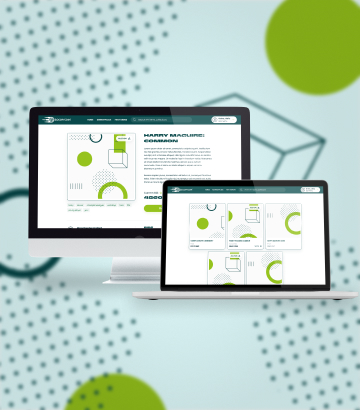
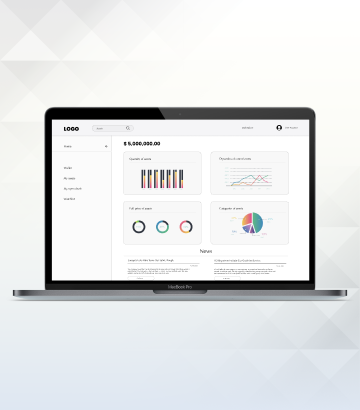
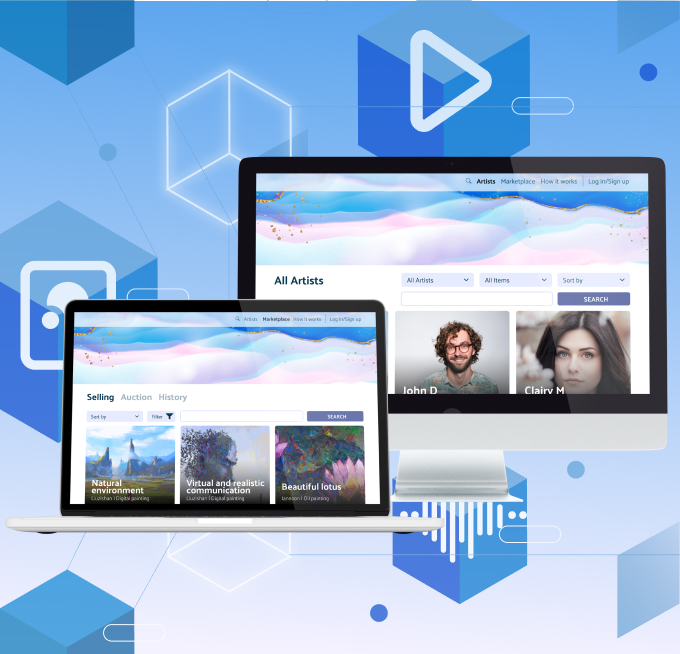
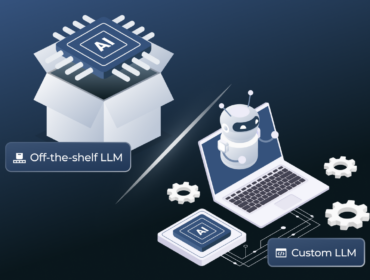
![Creating NFT Collectibles: How to Get in the Game Guide What’s the EU Artificial Intelligence Act and How to Comply? [Webinar]](https://unicsoft.com/wp-content/uploads/2024/03/Cover_1140_v1.1-370x280.png)

